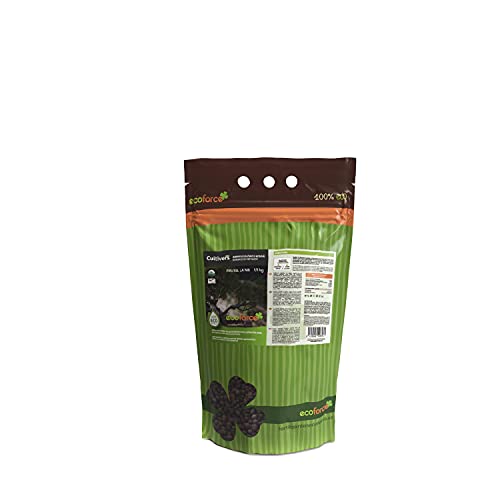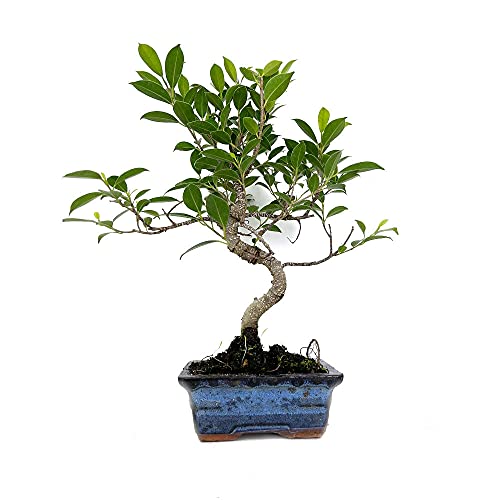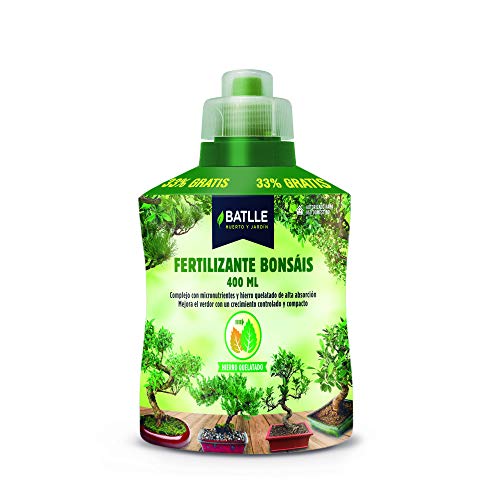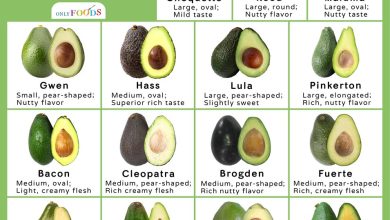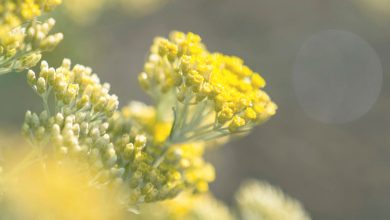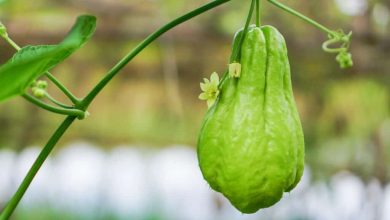Ficus Bonsai Care: [Earth, Strengthening, Humidity and Pruning]
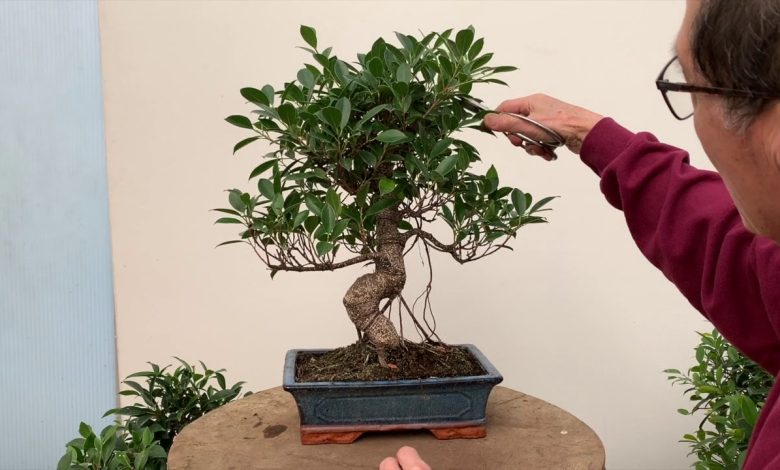
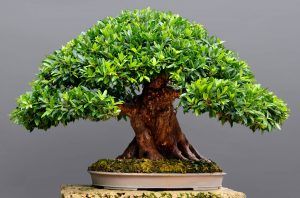 The ficus bonsai, also known as ficus retusa, is a highly valued tropical tree due to its resistance and great ability to adapt.
The ficus bonsai, also known as ficus retusa, is a highly valued tropical tree due to its resistance and great ability to adapt.
Characteristics that make it an ideal species for those who want to start growing bonsai.
If you plan to purchase a bonsai, or if you already have one at home, you may be wondering how to grow it correctly.
For this reason, we want to share this brief guide with the main care of ficus bonsai. We hope this help you.
What land needs does the ficus bonsai have?
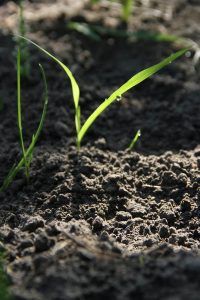 The choice of substrate is one of the main cares for the ficus bonsai as it must provide stability, moisture and sufficient nutrients.
The choice of substrate is one of the main cares for the ficus bonsai as it must provide stability, moisture and sufficient nutrients.
Although they usually come in a compact clay, it is suggested to use a quality universal substrate specific for bonsai.
However, there are other non-commercial options. An example of a substrate might contain peat moss, coarse sand and garden soil in a 2:2:1 ratio. Another good substrate can be made up of coarse sand, volcanic soil, at a 1:1 ratio.
It is recommended to take care of the lime content in the soil as it can cause the hours to turn weak and yellow. Likewise, the proportion of peat must be taken care of to avoid excess moisture and the appearance of fungal diseases.
How to make the ficus bonsai grow strong and vigorous?
As previously mentioned, this species is one of the most popular indoors and excellent for beginners as well as professionals due to its ease of cultivation. However, there are some ficus bonsai care that are essential, which we will address below.
Temperature
The ficus bonsai is a species native to tropical and hot climates, so it is necessary to keep it at a constant temperature, with an average of 18°C to 23°C throughout the day and cooler temperatures at night.
It is important to point out that it does not support frost or temperatures below 7°C. In fact, for that reason it is considered an indoor plant. Even so, it is recommended to keep it outside during spring and summer, or when the temperature is above 15°C.
Lightning
The ficus bonsai grows in full sun or semi-shade or in any space with a lot of light. As such, it prefers direct sunlight, whether indoors or outdoors. However, it is recommended that it only be under morning light, and not in the afternoon, due to its low intensity.
In case of growing it indoors, it should be located near a wide window without curtains, facing east, south or west, with a maximum distance of 1.5 meters. Shady places should be avoided, as they are very unfavourable.
Fertilizer
Composting is another important part of ficus bonsai care. We can feed it by applying liquid fertilizer, which must be dissolved in half the manufacturer’s dose. On the other hand, it is possible to apply slow-release solid fertilizer, which will be enough for a whole year.
It is important to carry out this work during the growth period, making an application every 1 or 2 weeks. In the case of winter, it will have to stop, unless the growth does not stop. If so, then it should be applied once a month.
What humidity does the ficus bonsai need?
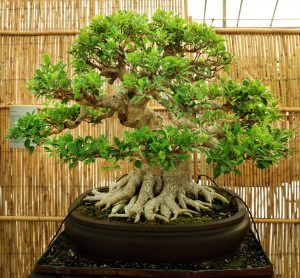 The ficus bonsai has high tolerance to drought.
The ficus bonsai has high tolerance to drought.
However, it should be watered deeply and generously, until the water runs out of the drainage holes, allowing the surface of the substrate to dry out between each watering.
Some bonsaiists water until the runoff stops and apply water again to make sure the substrate is completely wet.
However, this procedure should be done slowly for best results. With regard to humidity, it is recommended to carry out a daily nebulization to maintain adequate levels.
If this is not possible, it should be located on a covered terrace, or in a cool room, without heating and away from heat sources that reduce humidity.
Is it necessary to prune the ficus bonsai?
Pruning is essential in the care of the ficus bonsai, as it grows quickly; in fact, it is a central part of his art. As such, pruning allows to develop, preserve and define its shape, as well as to reduce the size of the leaves.
How often should we prune the ficus bonsai?
Maintenance pruning should be done regularly and throughout the year. For leaves, 2-4 leaves should be removed by the time 6-10 have sprouted.
On the other hand, if the trunk is desired to thicken, free growth should be allowed for 1-2 years, followed by strong cuttings in the spring or vegetative growth phase.
How to prevent the appearance of pests and diseases in the ficus bonsai?
The ficus bonsai is quite hardy, especially when the main cultivation requirements are met. However, like any plant, it can be affected by various pests and diseases.
With regard to diseases, leaf spots can appear due to direct water spraying on the tree canopy. To prevent this problem, it is necessary to avoid this practice and carry out preventive applications of suitable fungicides.
In the case of pests, there are mealybugs, thrips, as well as scales or mites. To prevent its appearance, it is recommended to keep the environments ventilated, humid and fresh, as well as to carry out pruning with clean and disinfected tools.
conclusion
The cultivation of the ficus bonsai is ideal for beginners, since it is one of the most resistant and easy to grow species, so it is definitely a tree that you should have at home.
We hope that this brief guide to ficus bonsai care will be helpful to you and that it will give you the basics to get started in the art of bonsai.
Bibliographic references
- https://skynursery.com/wp-content/uploads/2019/12/indoor-bonsai.pdf
- https://www.bonsaioutlet.com/content/Ficus-Bonsai-Care-from-BonsaiOutlet.pdf
- https://www.abanahomes.com/wp-content/uploads/2019/04/Ficus-Bonsai-Tree-Online-Caring-Instruction-1.pdf
- https://www.bonsaikido.com/bonsai-chips/higuera-ficus-retusa-bonsai.html
- http://files.abcbonsai.webnode.com.co/200000036-70ec172e04/Manual%20completo%20del%20Bonsai%20(de%20principio%20a%20fin).pdf
- https://www.bonsaiempire.es/especies/ficus
Maybe you are also interested in:
- How often and how to water my Bonsai Ficus?
- How often and how to water my Ficus in a pot?
- How to Fertilize a Ficus: The Complete Guide – Sembrar100
- Ficus Benjamina: [Planting, Care, Irrigation, Substrate and Characteristics]
- Rubber tree or Ficus Elastica: [Planting, Care, Substrate and Irrigation]
- Prune Ficus Ginseng: [Importance, Time, Tools, Considerations and Steps]



